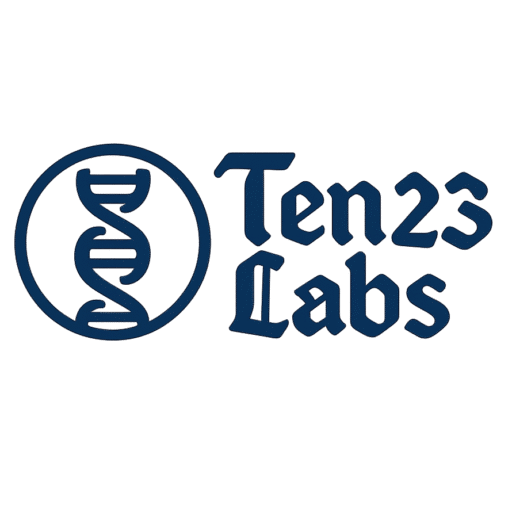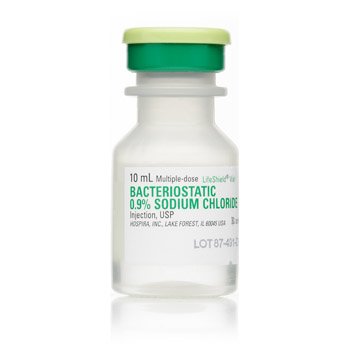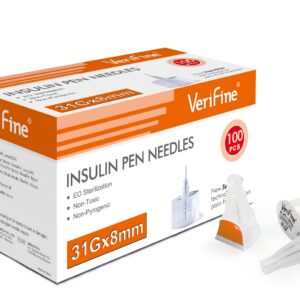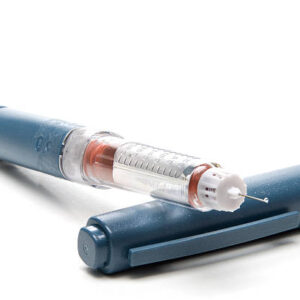Sodium Chloride Bacteriostatic Injection 0.9% – 10ml Multi-Use Vial
Description:
Sodium Chloride Bacteriostatic Injection 0.9% is a sterile, non-pyrogenic solution of sodium chloride (0.9%) and 0.9% benzyl alcohol (as a preservative), formulated for use in reconstituting peptides and other research compounds. The bacteriostatic agent inhibits bacterial growth, making this solution suitable for multiple withdrawals from a single vial when handled under proper sterile conditions.
Key Features:
-
Contains 0.9% benzyl alcohol to maintain sterility after initial use
-
Sterile, non-pyrogenic, and isotonic (0.9% sodium chloride)
-
Provides an alternative to traditional bacteriostatic water for certain peptides with solubility challenges
-
Multi-dose vial (10ml)
-
Labeled for research use only—not for human or animal consumption
Usage:
Commonly used to dilute or dissolve research peptides prior to laboratory experimentation. The sodium chloride base offers an ionic environment that may improve solubility and stability for specific peptides. The bacteriostatic agent extends usability by allowing safe storage and multiple extractions without compromising sterility.
Here’s a breakdown of common peptides with solubility issues where Sodium Chloride Bacteriostatic Injection (0.9%) or a two-step method (acetic acid + BAC water/saline) can be beneficial:
1. Growth Hormone Fragments & Analogs
- AOD-9604 (GH fragment 176–191) → notorious for clumping/clouding in plain BAC water.
- GHK-Cu (copper peptide) → often needs acetic acid or saline first to dissolve properly.
- HGH Frag 176-191 (non-AOD formulations) → similar solubility problems as AOD.
Why saline helps: ionic environment stabilizes the peptide and prevents aggregation.
2. Some GHRHs & GH Secretagogues
- Sermorelin → can sometimes cloud in BAC water, more stable in saline.
- Tesamorelin → usually dissolves fine, but some labs prefer saline for smoother reconstitution.
- Modified GRFs (CJC-1295 without DAC, etc.) → usually fine in BAC, but sensitive batches can benefit from saline.
3. Cosmetic/Repair Peptides
- Epithalon / Epitalon → sometimes clumps, improved by saline or acetic acid step.
- Thymosin β-4 fragments (TB-500 derivatives) → can occasionally have solubility quirks.
4. Specialty / Research-Heavy Compounds
- Melanotan II & Bremelanotide (PT-141) → dissolve in BAC water, but some users report smoother results with saline.
- KPV (α-MSH fragment) → small fragment peptide, can sometimes need saline first.
🧾 Rules of Thumb
- Small linear fragments (GH fragments, GHK, AOD, KPV) → most likely to have solubility issues.
- Larger, more stable chains (Ipamorelin, GHRPs, CJC-1295 with DAC, BPC-157, TB-500) → usually fine in BAC water.
- If it clouds or clumps in BAC → try bacteriostatic saline. If still insoluble → dissolve in a tiny volume of dilute acetic acid, then dilute with BAC/saline.
Important Notice:
This product is intended for research purposes only. Not for human or veterinary use. Always use aseptic technique when handling.






Reviews
There are no reviews yet.